Broadcast Media Analytics | Traditional Media | Digital Precision
In the digital age, measuring the success of traditional broadcast media—like TV and radio—has evolved beyond ratings and manual surveys. Enter broadcast media analytics, a game-changing approach that blends traditional media with digital tracking techniques to provide real-time, actionable insights. As brands strive for data-driven decisions, understanding how to digitally track the performance of traditional media is no longer optional—it's essential.
What is
Broadcast Media Analytics?
Broadcast media analytics refers to the
process of collecting, measuring, and interpreting data from traditional media
channels such as television, FM/AM radio, and cable networks using digital
technologies. This approach helps advertisers and media planners evaluate
audience behavior, campaign reach, and media effectiveness with more precision.
Why
Traditional Media Still Matters
Despite the rise of digital platforms,
traditional broadcast media still commands massive audiences. Major live
events, news broadcasts, and prime-time shows continue to attract millions of
viewers. For brands aiming for mass awareness, TV and radio remain vital tools
in their marketing arsenal. However, without accurate measurement tools,
justifying ROI becomes challenging.
Bridging
the Gap: Digital Tools for Traditional Media
So, how can traditional media performance be
tracked using digital methodologies? Let’s explore some key innovations:
1. Set-Top
Box (STB) Data
STBs used in cable and satellite TV services
capture viewership data across millions of households. This granular data
includes channel switching patterns, viewing duration, and peak times.
Advertisers can analyze this information to determine the effectiveness of
their TV spots.
2. Audio
Watermarking & Fingerprinting
Advanced audio recognition technologies allow
marketers to track when and where a specific TV or radio ad aired. These tools
“listen” for unique audio signals embedded in ads and match them with consumer
behavior data, such as website visits or app downloads.
3. Attribution
Modeling
Multi-touch attribution models combine
traditional ad exposure with digital user journeys. For example, if a consumer
hears a radio ad and later searches for the product online, attribution tools
can connect the dots, assigning value to the original broadcast message.
4. Smart
TVs and Connected Devices
Smart TVs can collect anonymized user data on
what is being watched and when. This data is increasingly used to build
audience profiles and retarget ads across devices, creating a seamless bridge
between offline and online engagement.
Key Metrics
in Broadcast Media Analytics
- Gross Rating Points (GRPs):
Measures the total exposure of a campaign.
- Reach & Frequency: Determines
how many people saw the ad and how often.
- Cost per Point (CPP):
Calculates cost-effectiveness based on GRPs.
- Incremental Lift:
Assesses the impact of broadcast media on digital conversions or brand
awareness.
- Engagement Signals:
Tracks post-ad actions such as search, website visits, or social mentions.
Benefits of
Digital Tracking for Traditional Media
- Improved ROI Measurement:
Marketers can directly link traditional ad spend to conversions and
digital KPIs.
- Real-Time Insights:
Allows campaign optimization while the media is still airing.
- Cross-Platform Synergy: Helps
brands create unified strategies across TV, radio, and digital.
- Better Targeting:
Audience segmentation based on real viewing data enables more precise ad
placement.
Challenges
in Broadcast Media Analytics
While the advantages are clear, challenges
persist:
- Data Fragmentation:
Combining data from multiple sources (TV, radio, digital) can be complex.
- Privacy Regulations:
Collecting and analyzing viewership data must comply with privacy laws.
- High Costs:
Advanced tools and attribution platforms can be expensive for smaller
brands.
The Future
of Broadcast Media Analytics
As AI and machine learning technologies
mature, expect broadcast analytics to become even more predictive. From
real-time sentiment analysis during live TV to automated media buying based on
viewer behavior, the future holds immense potential. Also, the convergence of
OTT (over-the-top) platforms with traditional broadcast channels is reshaping
how we define and measure media impact.
Final
Thoughts
Broadcast media analytics is redefining how brands measure the effectiveness of traditional
campaigns in a digital-first world. By embracing technology and leveraging
data, advertisers can finally crack the code of ROI in TV and radio
advertising. In a world where every marketing dollar counts, the fusion of
traditional media and digital analytics is not just smart—it's necessary.
Elyts Advertising and Branding Solutions | www.elyts.in (India) | www.elyts.agency (UAE)














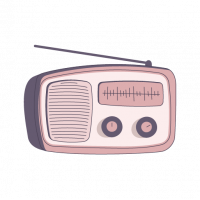


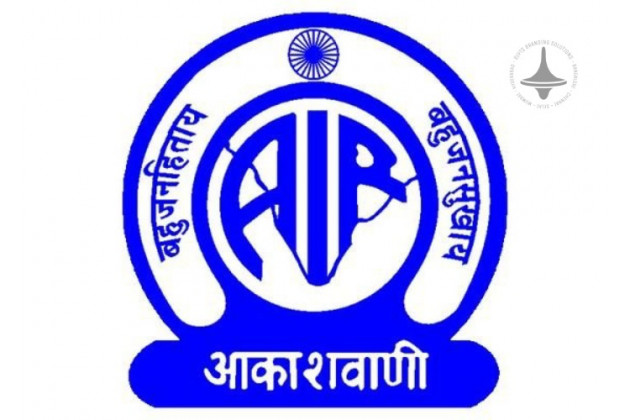
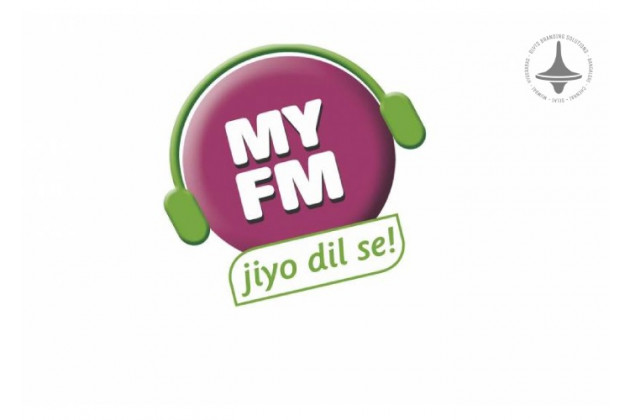
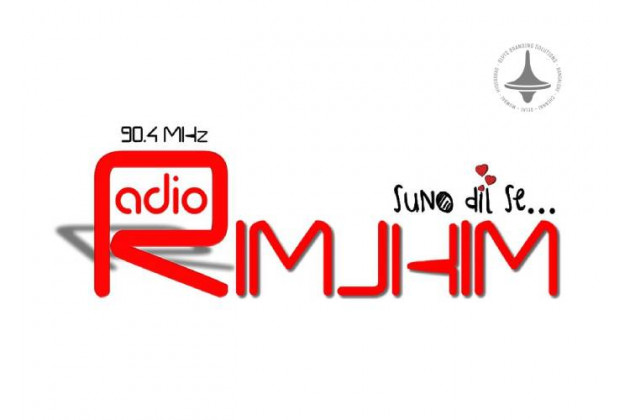
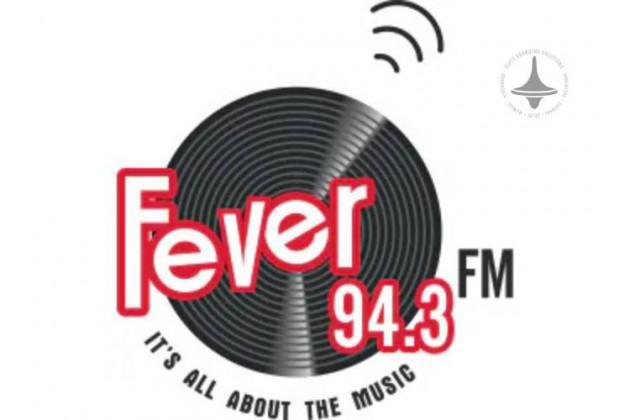
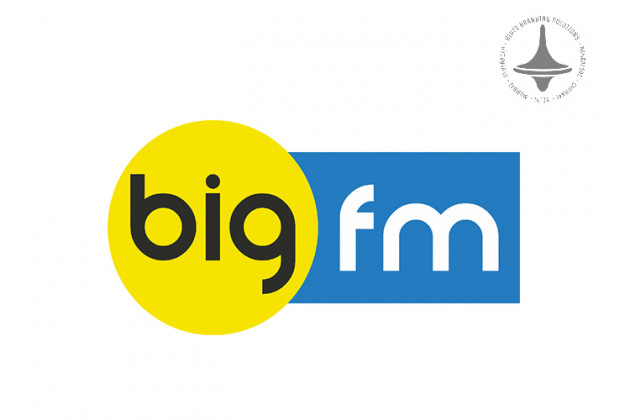
Leave a Comment